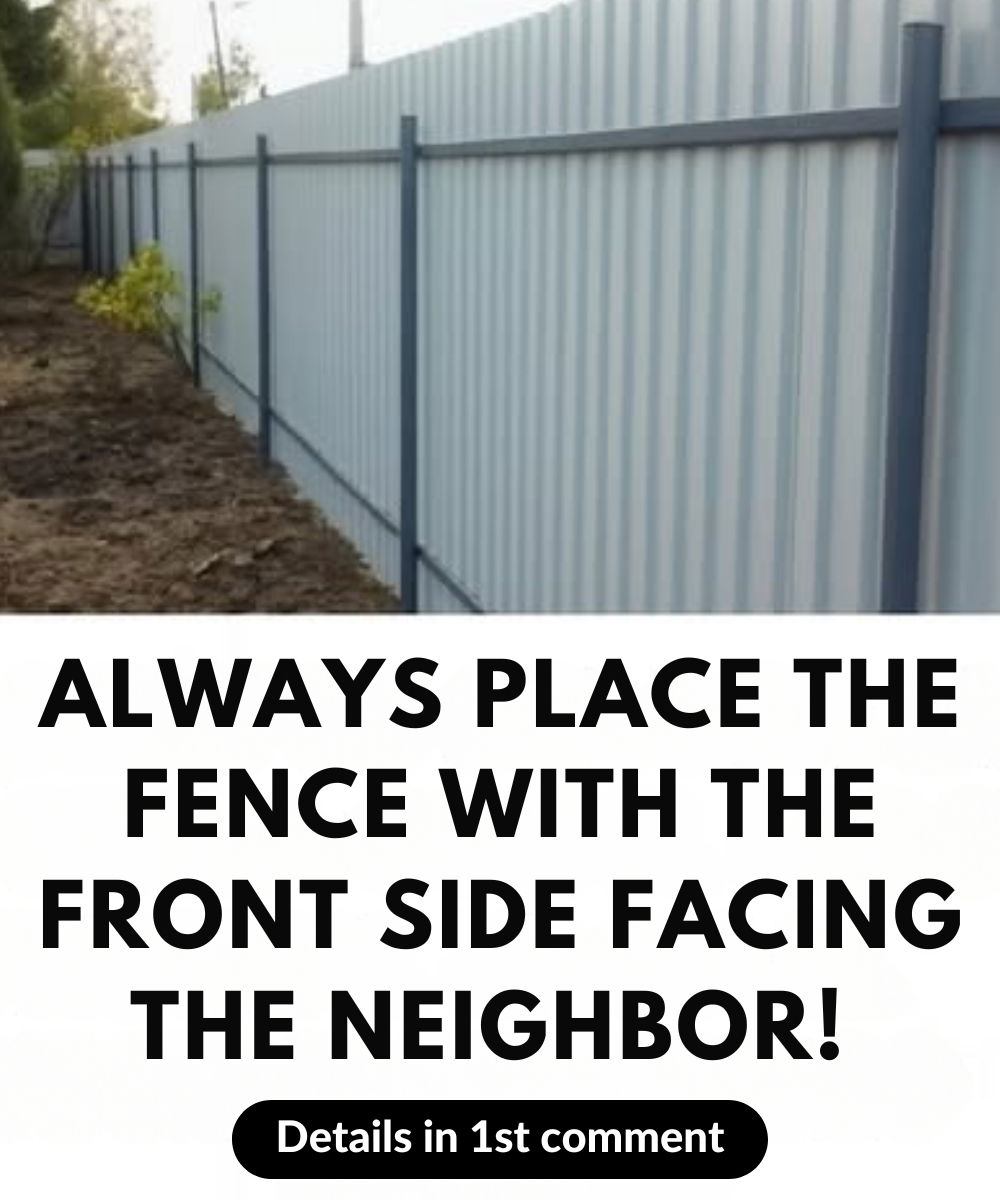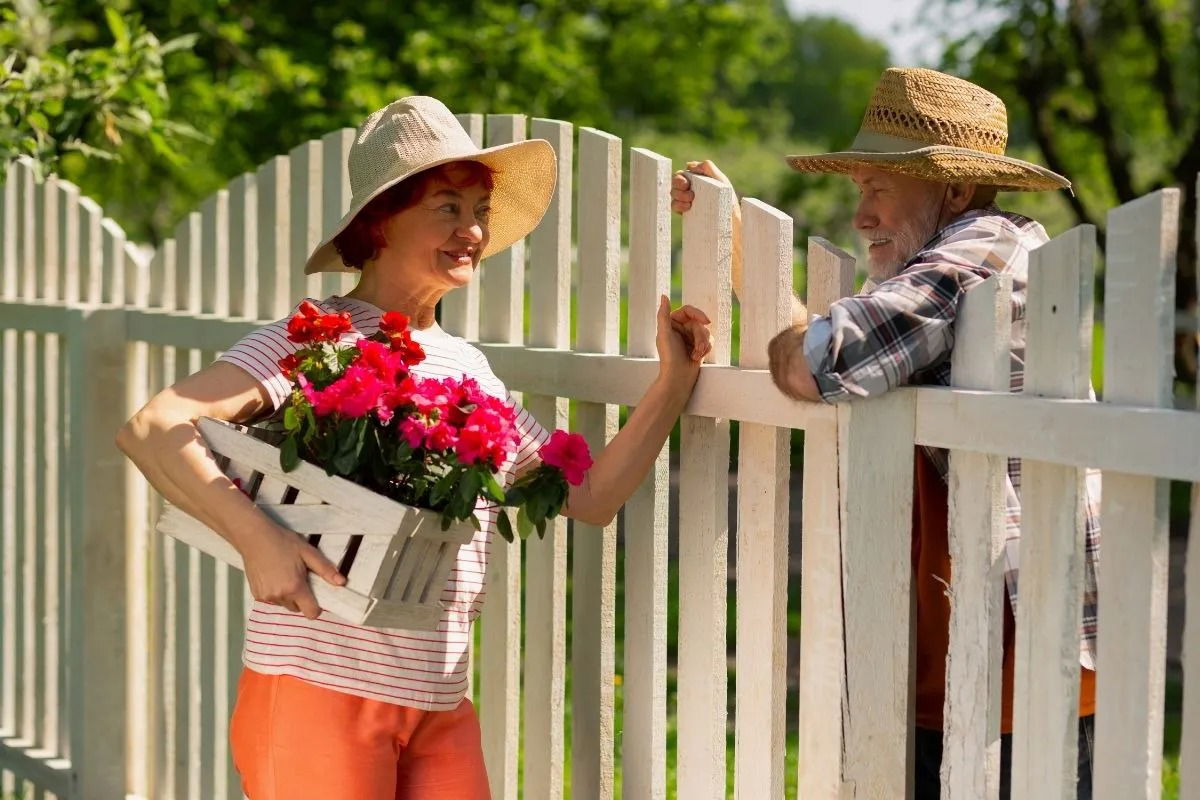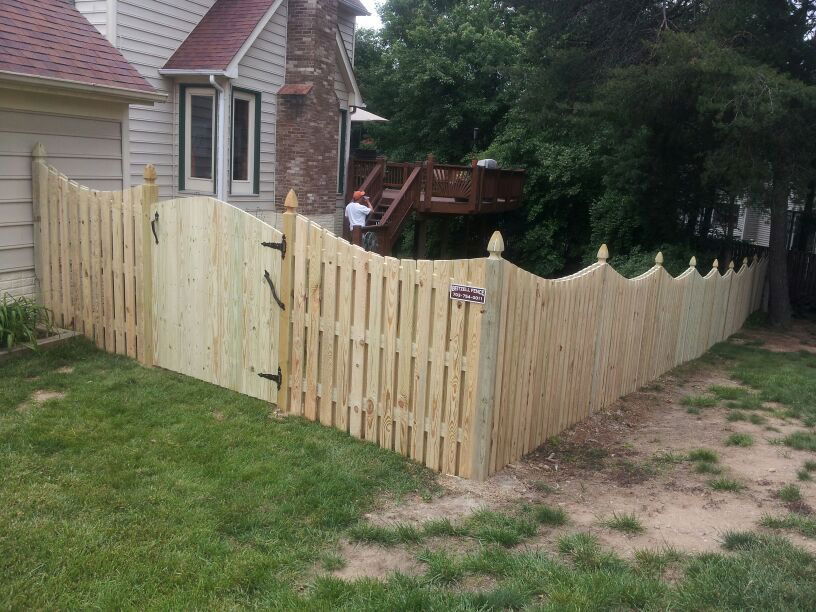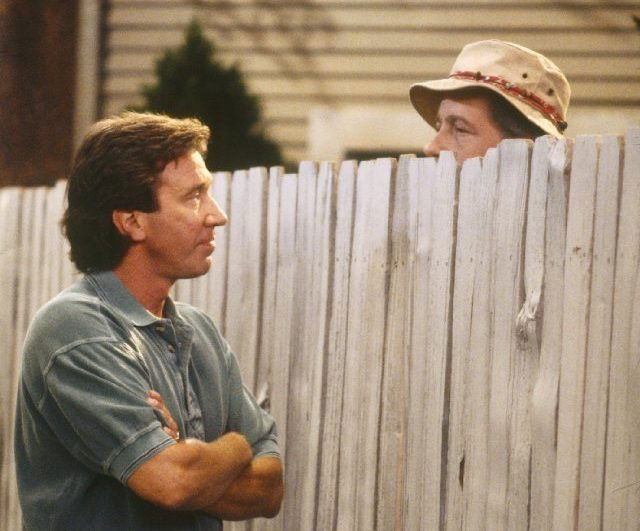
When people build a fence between properties, they often focus solely on practical concerns — marking property lines, adding privacy, or boosting security.
However, there’s an unspoken (and in some regions, even legally required) rule that can spare you significant headaches: always place the most visually appealing, or “front,” side of the fence facing your neighbor.
While this might seem like a small detail, it can have a big impact on your quality of life, your property’s appearance, and even legal matters.
Why should the front of the fence face your neighbor?
Here are several solid reasons why making this simple but thoughtful choice is worthwhile:
1. Strengthen neighborly relations
Positioning the more attractive side of the fence toward your neighbor shows respect and consideration, signaling that you care about maintaining a harmonious relationship.
This gesture can help avoid disputes and build goodwill.

2. Meet local requirements
In many places, building codes actually mandate that the “finished” side of a fence face outward or toward neighboring properties.
Ignoring this could lead to fines or even force you to rebuild the fence.
3. Enhance curb appeal
If your fence is visible from the street, showing the finished side improves your home’s overall look and can potentially boost its resale value.
4. Prevent future disagreements
Placing the posts or structural supports toward your neighbor might be seen as rude or inconsiderate, which can spark conflict.
Facing the nicer side outward helps head off these arguments before they start.
5. It’s a globally recognized courtesy
Apart from legal obligations, it’s a widely accepted custom that the person building a fence should position the finished side facing out.

If your neighbor does the same, everyone benefits.
Practical advice for fence installation
- Always check local building codes before starting to ensure compliance with rules on height, materials, and direction.
- Talk to your neighbor before construction begins. This friendly communication can avoid misunderstandings later.
- Consider installing a double-sided fence, which looks finished on both sides, if you want a uniform appearance.
- If you’re unsure about the installation process, hire professionals — mistakes can be expensive to fix down the road.
- Maintain the fence properly, including the side facing your neighbor, to reflect your responsibility as a homeowner.
















